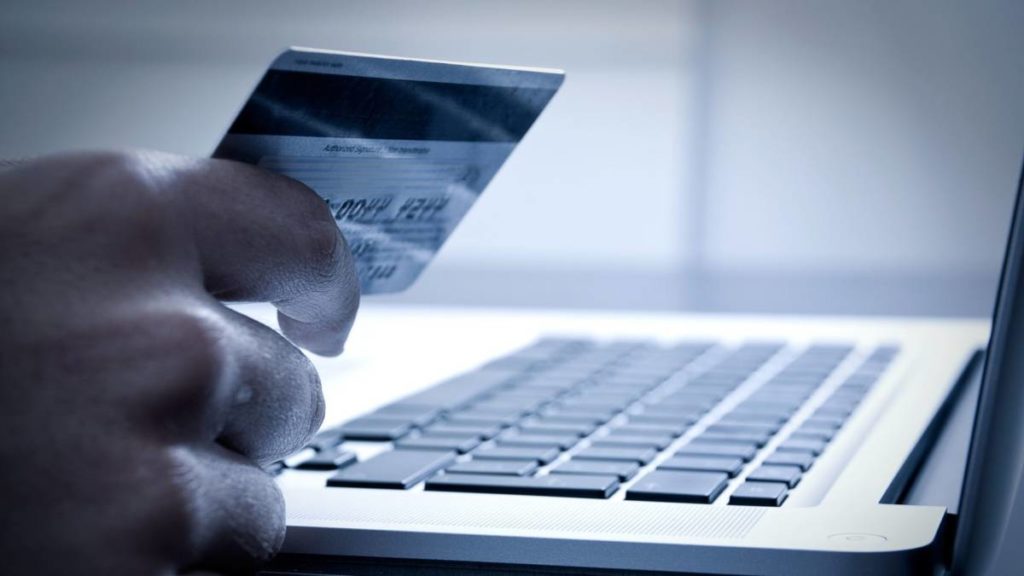Concept Of Bank
Bank is a financial institution, which deals with money. It is an institution which provides a great variety of financial services to its customers. It is a financial intermediary who accepts the scattered saving of public in the form of deposit and invest it in the profitable sector or provide it as loan. It provides interest on deposit and charges interest on loan.
Functions Of Bank
- Accepting Deposit.
- Providing Loan.
- Remittance.
- Agency function
- Foreign currency exchange etc.
Banking Transactions
Banking transactions refers to all the receipts and payments made through bank. It is often an inconvenient and risky affair to get payment of large sum in cash. In view of all this, a modern business operates bank account to settle all receipts and payment. It uses cheque, debit card or credit card for making payment of goods and services. It also accepts a cheque from its customer as a receipt of the amount of goods sold and rendering services.
Bank Account
In order to perform cash transactions though bank, a business firm requires to operate an account in a bank which is known as ‘Bank Account’. On the basis of requirement, a business firm can operate different types of accounts in bank. The following are the common types of bank accounts in Nepal:
- Current Account : A current account is one in which there is no restriction in respect of the number of withdrawals and extent of the amount to be drawn. Current accounts are basically meant for businessmen where only security is given by the bank for deposited money. No interest is allowed by the bank on the deposit made in current account.
- Savings Account : A saving account is one in which there is restriction in respect of the number of withdrawals and the extent of the amount to be drawn. Saving accounts are most popular form of deposits for individual accounts. In such deposit, banks provide security as well as moderate rate of interest.
- Fixed Deposit Account : A fixed deposit account is one in which a large sum is deposited for fixed period of time, say, for 1 year or 2 years or more years. The account holder cannot withdraw money before the maturity period. Under fixed deposit account, there is a provision of depositing a fixed amount for a fixed period of time in bank. The rate of interest is higher on fixed deposit and differs from bank to bank.
Pass Book
Pass book is also known as bank statement. The pass book is the copy of the depositor’s account in the bank’s ledger. It is a summarized statement of all the deposits and withdrawals made by the depositor during a certain period of time. The entries for all the deposits and withdrawals made by the client are passed into the passbook by the bank. The passbook shows the balance of the client after each deposit and withdrawal.
Cheque
Cheque is a written order issued by the depositor to the bank to pay certain sum of money to the certain person. It is an unconditional order issued by the depositor to the bank where he/she has opened account to pay a certain sum of amount to bearer of cheque or to the person whose name is mentioned on the cheque.
A cheque has the following features:
- An unconditional order: The drawer or the depositor should not lay down any condition in the cheque.
- Drawn upon a specified banker: The drawer issues a cheque directing to a particular bank having a deposit in it to pay the amount of the cheque.
- Signed by the maker: The cheque should be signed by the account holder.
- Payable on demand: the amount of the cheque must be paid by the bank as soon as it is presented at its counter
- Amount in words and figures: The amount of the cheque should be mentioned both in words and figures.
Generally three parties are involved in cheque transaction i.e.
Generally , three parties are involved in cheque transaction.
- Drawer: Drawer is the person or organization who issues a cheque for the payment or withdrawal of amount. He is the depositor of money and gives the order to bank to make payment.
- Drawee: The party who receive order from the drawer to make payment of the cheque amount is drawee. Drawee is the bank which makes a payment on the demand of the drawer.
- Payee: Payee refers to person who presents the cheque in the bank and receives the payment from the bank.
Types of cheque
There are mainly three types of cheques. They are as follows:
- Bearer Cheque: It is a cheque which can be presented by anybody for payment. The bank makes payment to the bearer of the cheque whether the payee is the right payee or not. The bank doesn’t ask for identification while presenting this cheque into the bank. So, there is high possibility of payment going to the wrong person
- Order Cheque: A cheque which is made payable only to the person whose name is mentioned in the cheque is order cheque. The bank asks for the identification while presenting this cheque in the bank. It is more safer than bearer cheque.
- Crossed Cheque: The cheque in which two parallel lines are drawn at the top of the left hand side of the cheque for specific instruction is known as crossed cheque. The effect of such crossing is that the amount of cheque will not be paid by the bank directly to the payee. The amount of the crossed cheque is deposited in the account of the payee and he payee, in turn issues his own cheque to draw money from the bank. There are mainly two types of Crossing i.e General Crossing & Special Crossing. The general crossing donot include the name of a bank whereas the special crossing does. The effect of the general crossing is that the amount of the crossed cheque can be collected by the bank. The duty of the drawee or paying bank is to pay the amount to any bank which presents the cheque and The special crossing includes the name of the particular bank. The effect of the special crossing is that the amount of the crossed cheque can be collected only by the bank mentioned in the crossing. The duty of the drawee or paying bank is to pay amount only to the bank mentioned in the crossing.
Rules for drawing a cheque.
- Date
- Name of the payee
- Amount of the cheque
- Signature
- Account Number
- Minimum Balance
- Crossing and overwriting.
Dishonour Of cheque
A cheque is said to be honored, if the bank pays the amount to the payee. If the bank refuses to pay the amount of cheque, then the cheque is said to be dishonored. So, the dishonor of the cheque means the refusal by the bank to pay the amount of cheque to the payee. It is a condition in which the bank doesnot pay the amount of the cheque to the payee.
Reason for the dishonour of cheque.
- If the date is not written or written incorrectly or the date given is of three months before or if the advance date is given.
- If the name of the payee is not written.
- If the amount written in words and figures do not match.
- If the signature in the cheque do not match with the signature provided in the bank.
- If the cheque is overwritten.
- If the drawer has given order to stop payment of the cheque.
Tools Of Modern Banking System
- Any Branch Banking System (ABBS): Any branch banking system is a facility provided by the banks to their customers to operate their account from any of networked branches of the bank. ABBS provides the service of withdrawing cash , depositing cash or cheque and receive information of their account.
- Electronic Banking (E-Banking): Electronic Banking (E-Banking) –refers to the systems that enable the customers to access accounts and general information on banking products and services through a personal computer.It is a process by which a customer may perform banking transactions electronically without having visit the bank itself.
- Mobile Banking: Mobile banking is a service provided by banks or other financial institution that allow their customer to do financial transaction using mobiles like smart phone or tablet. Bank provides its customers a secure connection to access to bank account of the customers through a SMS.
- Card Services: A bank card is an electronic plastic card issued by the financial institutions to its clients. It facilitates to perform banking transactions during banking as well as non-banking hours to its customers. The modern banking offers the following types of card services to its customers:
ATM: It is an electronic card issued by the bank with the help of which money can be withdrawn or deposited without cashier. A customer can withdraw money through ATM from his/her account using personal identification number (PIN)


Woah! I’m really loving the template/theme of this site. It’s simple, yet effective. A lot of times it’s very difficult to get that “perfect balance” between user friendliness and visual appearance. I must say you have done a amazing job with this. In addition, the blog loads extremely quick for me on Safari. Outstanding Blog!
You are a very smart individual!
whoah this blog is fantastic i love reading your posts. Keep up the good work! You know, lots of people are looking around for this info, you can aid them greatly.
Just wish to say your article is as amazing. The clarity in your publish is just spectacular and i can suppose you are an expert on this subject. Fine along with your permission allow me to clutch your RSS feed to stay updated with imminent post. Thanks 1,000,000 and please keep up the rewarding work.
Howdy! I could have sworn I’ve been to this website before but after checking through some of the post I realized it’s new to me. Anyhow, I’m definitely glad I found it and I’ll be book-marking and checking back frequently!
Thanks!